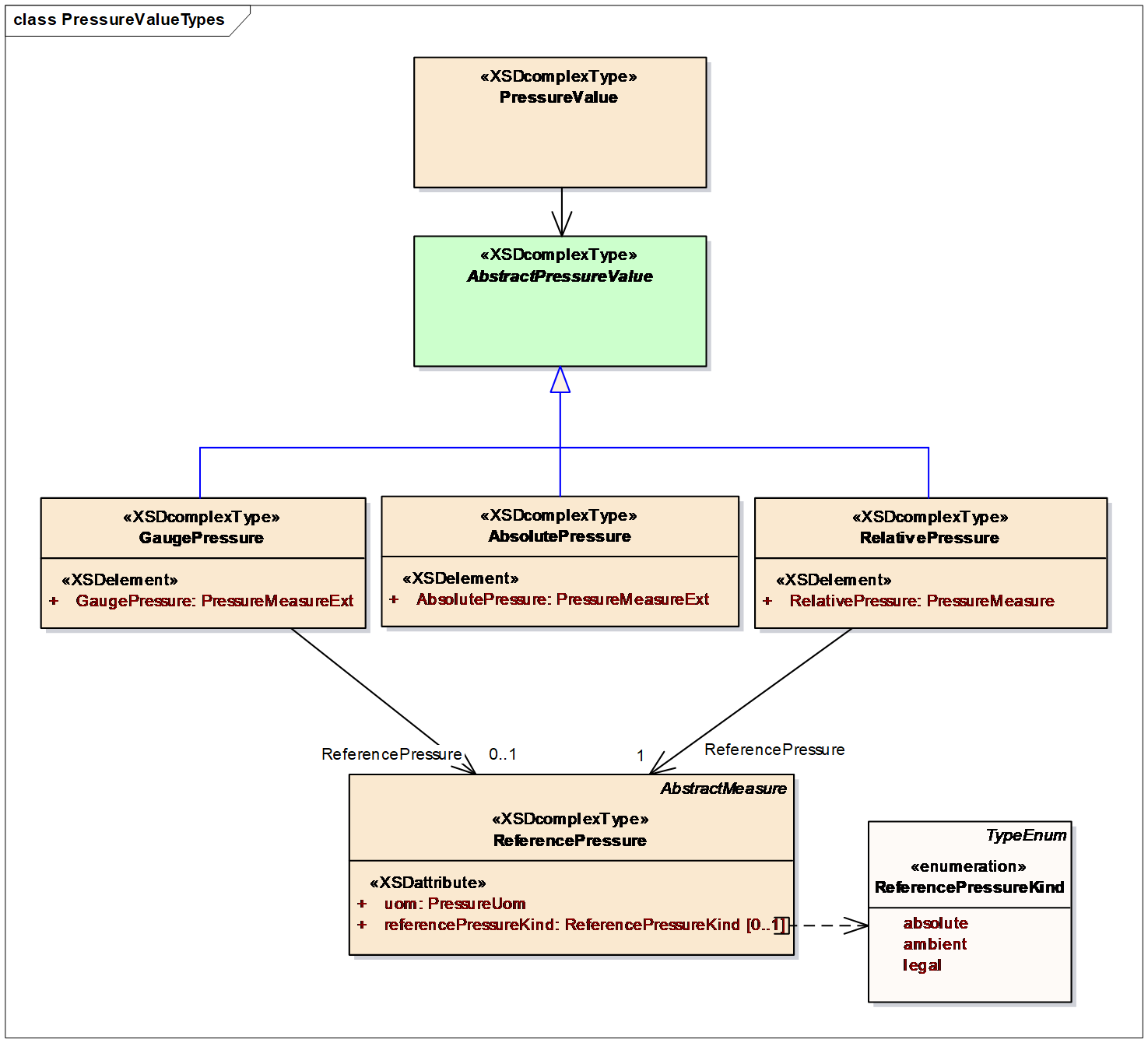2.3 PRODML Use of CTA
| Topic Version | 1 | Published | 12/09/2016 | |
| For Standard | PRODML v2.0 | |||
As noted previously, PRODML makes extensive use of the CTA.
All the PRODML sub-domains use data objects, which are modelled in UML and defined by XSD schemas, and which use common data objects and units of measure.
DAS uses the additional CTA elements of:
- HDF5 (for high-volume data).
- EPC (for packaging multiple files together).
Other sub-domains could use the EPC, for example, multiple PVT XML files and other non-Energistics documents used to report PVT data could be packaged together using EPC. However, this has not been documented or tested.
The Energistics Transfer Protocol (which is not downloaded with PRODML; see 1.5.2 Energistics CTA Resources ) could potentially be used to transfer XML data objects created by use of PRODML. This capability also remains undocumented and untested.
Wider use of EPC and ETP are candidates for further PRODML development.
In terms of the Energistics common data types, PRODML makes extensive use of a package of data types called Value Types. These types are to cover measurements where the measurement conditions act as a qualifier to the measured value:
- Pressure: whether absolute or relative/gauge pressure has been measured; if relative or gauge, then the reference/atmospheric pressure must/may be provided.
- Volume, Density and Flowrate: where the pressure and temperature conditions of the measurement have a profound impact on the underlying “value” of the measurement. A choice is available—either to supply the pressure and temperature of measurement, or to choose from a list of standards organizations’ reference conditions. Note that the enum list of standard conditions is extensible, allowing for local measurement condition standards to be used.
The four types are called “xxxValue” where “xxx” is one of the four measurement types listed immediately above. The PressureValue is shown in Figure 2.3-1 , and the other three types in Figure 2.3-2 .

